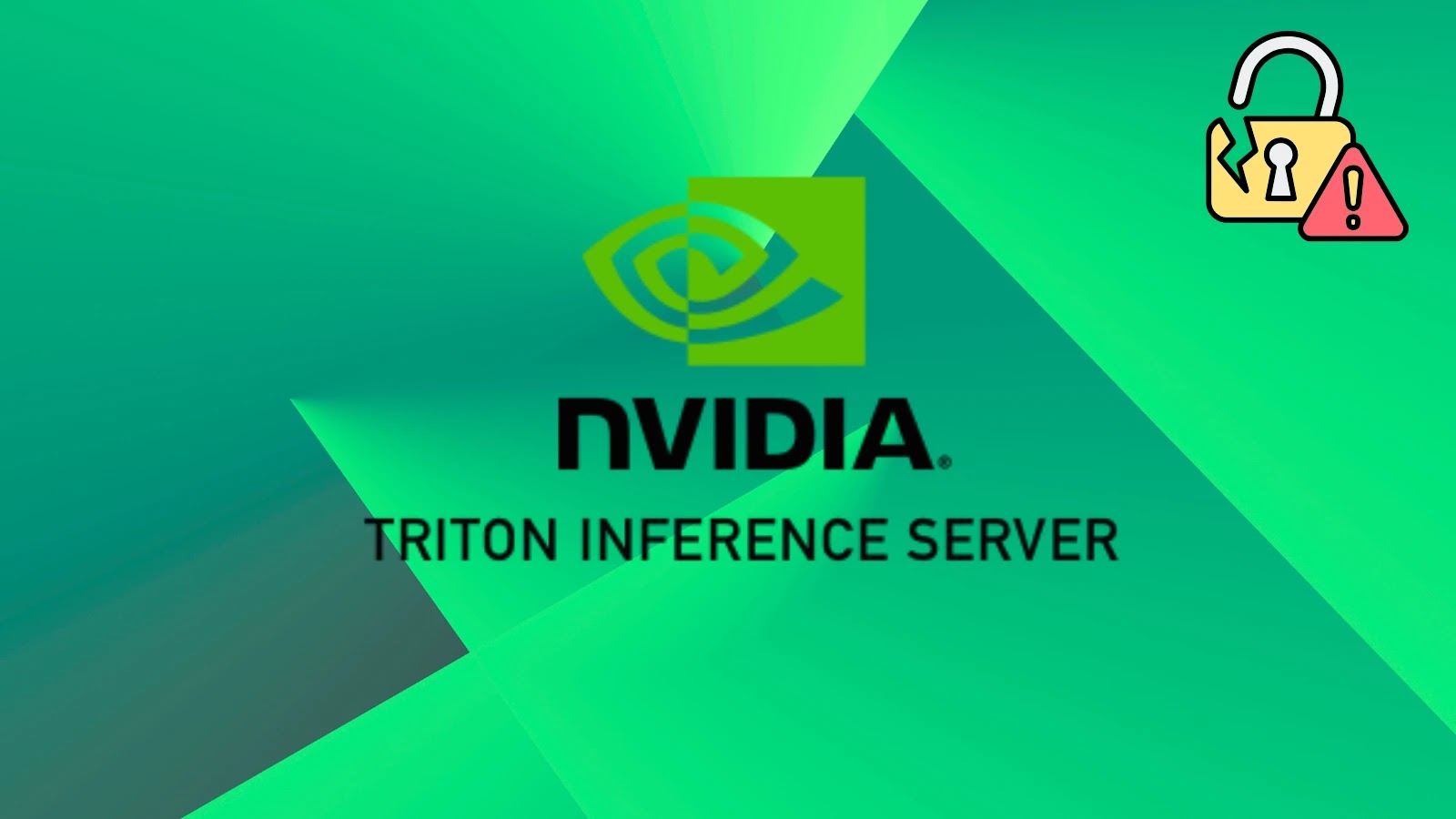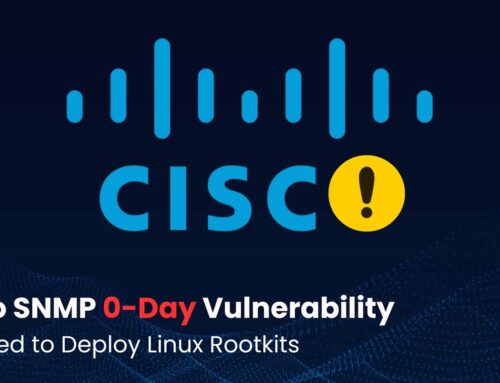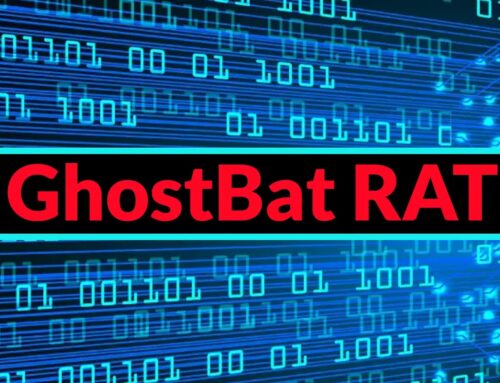
NVIDIA Triton Vulnerability Chain Let Attackers Take Over AI Server Control
The Critical Threat: NVIDIA Triton Vulnerability Chain Exposes AI Servers to Remote Takeover
The rapid proliferation of Artificial Intelligence (AI) and Machine Learning (ML) in enterprise environments has introduced a new frontier for cyber threats. As AI models move from development to production, often powered by robust inference servers, their security becomes paramount. A recent disclosure has sent ripples through the cybersecurity community: a critical vulnerability chain in NVIDIA’s Triton Inference Server that grants unauthenticated attackers complete remote code execution (RCE) and full control over AI servers. This discovery underscores the urgent need for vigilance and robust security practices in AI deployments.
Understanding the NVIDIA Triton Vulnerability Chain
This severe security flaw, collectively identified as CVE-2025-23319, CVE-2025-23320, and CVE-2025-23334, targets the server’s Python backend. The Triton Inference Server, widely adopted for its efficiency in deploying AI models, leverages a sophisticated architecture. The vulnerability chain leverages this architecture, specifically through a cleverly orchestrated three-step attack process that manipulates shared memory.
The Attack Vector: Leveraging Shared Memory for RCE
The attack scenario is particularly concerning due to its unauthenticated nature, meaning threat actors do not require any prior access credentials to initiate the compromise. The sophisticated attack sequence exploits the server’s handling of shared memory, a common IPC (Inter-Process Communication) mechanism used for performance optimization in high-throughput applications like AI inference. By manipulating how Triton’s Python backend interacts with shared memory, attackers can inject and execute arbitrary code, thereby achieving full control over the compromised AI server.
Impact of a Compromised AI Server
The implications of a compromised NVIDIA Triton Inference Server extend far beyond simple data breaches:
- Intellectual Property Theft: Proprietary AI models, trained with significant investment, can be stolen, reverse-engineered, or tampered with.
- Data Exfiltration: Sensitive data used for model training or inference, potentially containing personally identifiable information (PII) or confidential business data, could be exfiltrated.
- Malicious Model Manipulation: Attackers could introduce backdoors or adversarial components into AI models, leading to biased outputs, denial of service, or even enabling further attacks on systems relying on these models.
- Resource Hijacking: High-performance GPU resources of the AI server could be repurposed for illicit activities, such as cryptocurrency mining or launching further attacks.
- Operational Disruption: Tampering with inference pipelines can disrupt critical business operations reliant on AI predictions and automation.
Remediation Actions and Mitigation Strategies
Given the critical nature of this vulnerability chain, immediate action is imperative for organizations utilizing NVIDIA Triton Inference Servers:
- Patch Immediately: The most crucial step is to apply security patches released by NVIDIA as soon as they become available. Regularly monitor official NVIDIA security advisories.
- Network Segmentation: Isolate AI inference servers from other critical enterprise networks. Implement strict firewall rules to limit inbound and outbound connections to only what is absolutely necessary.
- Principle of Least Privilege: Ensure that the Triton Inference Server and its underlying processes run with the minimum necessary privileges.
- Input Validation: Implement robust input validation for all data fed into the AI models and the server. While this vulnerability is not directly an input validation flaw, it’s a critical best practice to prevent other attack vectors.
- Security Monitoring and Logging: Implement comprehensive logging and monitoring of all activities on AI servers. Look for unusual network traffic patterns, suspicious process executions, or unauthorized access attempts. Deploy SIEM solutions to centralize logs and detect anomalies.
- Regular Security Audits: Conduct periodic security audits and penetration testing specifically targeting AI infrastructure to identify and address potential weaknesses proactively.
- Supply Chain Security: Verify the integrity of all software components used in your AI pipelines, including libraries, frameworks, and base images.
Tools for Detection and Mitigation
Leveraging appropriate cybersecurity tools is essential for establishing and maintaining a secure AI inference environment:
| Tool Name | Purpose | Link |
|---|---|---|
| NVIDIA Triton Official Documentation/Advisories | Official source for patches, security updates, and best practices. | https://developer.nvidia.com/triton-inference-server |
| Vulnerability Scanners (e.g., Tenable.io, Qualys) | Identify unpatched software and misconfigurations on server infrastructure. | https://www.tenable.com/, https://www.qualys.com/ |
| Network Intrusion Detection/Prevention Systems (NIDS/NIPS) | Monitor network traffic for suspicious activity and block malicious connections. | (Vendor dependent, e.g., Cisco Talos, Palo Alto Networks) |
| Endpoint Detection and Response (EDR) Solutions | Detect and respond to malicious activities on server endpoints, including unauthorized process execution. | (Vendor dependent, e.g., CrowdStrike, SentinelOne) |
| Container Security Platforms (e.g., Aqua Security, Twistlock) | Secure containerized AI application deployments, including image scanning and runtime protection. | https://www.aquasec.com/, https://www.paloaltonetworks.com/prisma/cloud (Twistlock is now Prisma Cloud) |
Conclusion: Fortifying AI Infrastructure Against Advanced Threats
The discovery of the NVIDIA Triton vulnerability chain serves as a stark reminder that even the most advanced technological infrastructures are susceptible to sophisticated attacks. For organizations heavily reliant on AI, securing inference servers is not merely an IT task; it is a critical business imperative. Proactive patching, rigorous security hygiene, comprehensive monitoring, and a layered defense approach are indispensable to protect valuable AI assets and maintain operational integrity against emerging threats. Staying informed about the latest vulnerabilities and adhering to recommended remediation measures is the only way to effectively fortify AI deployments against potential remote takeover.





